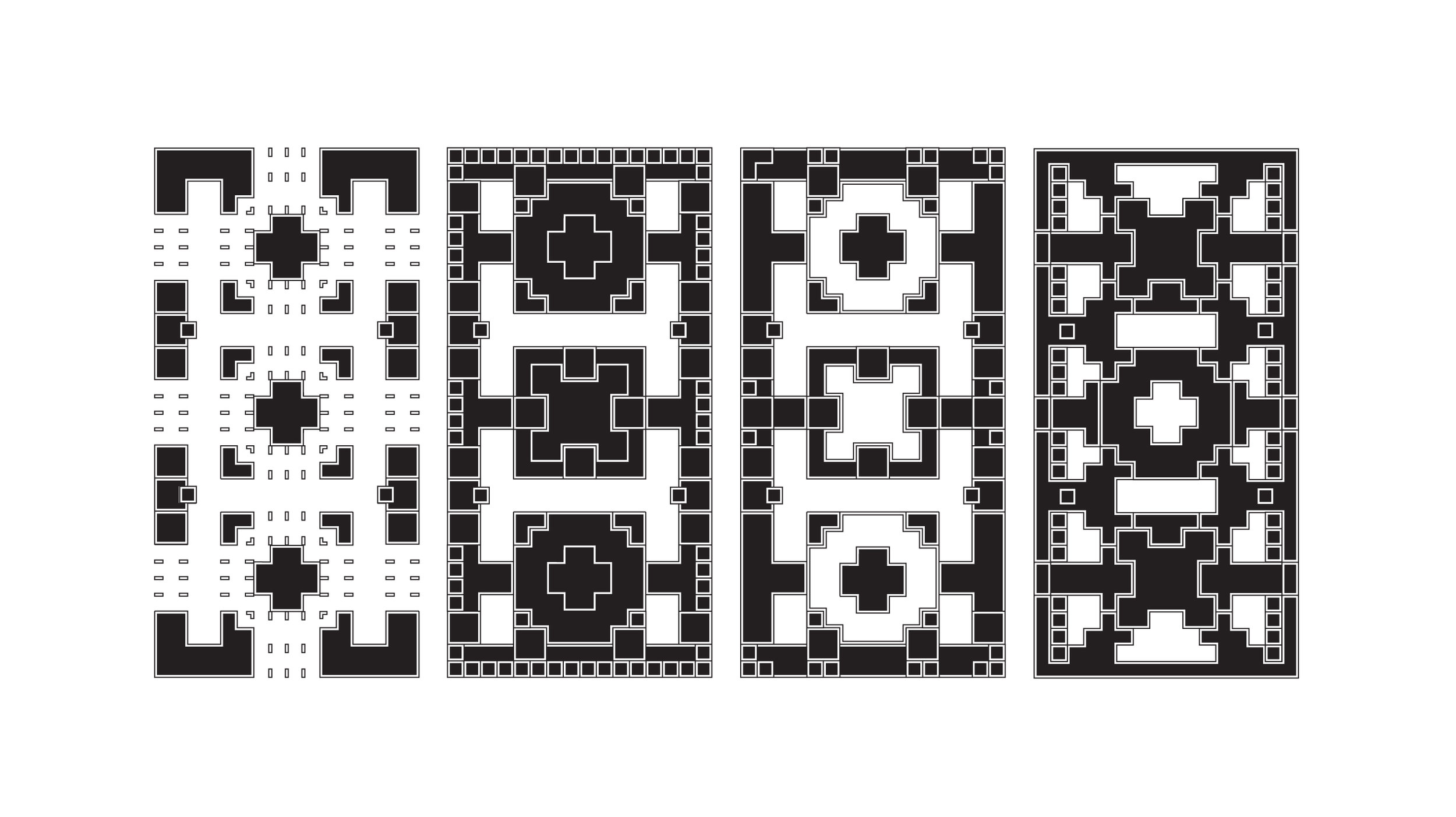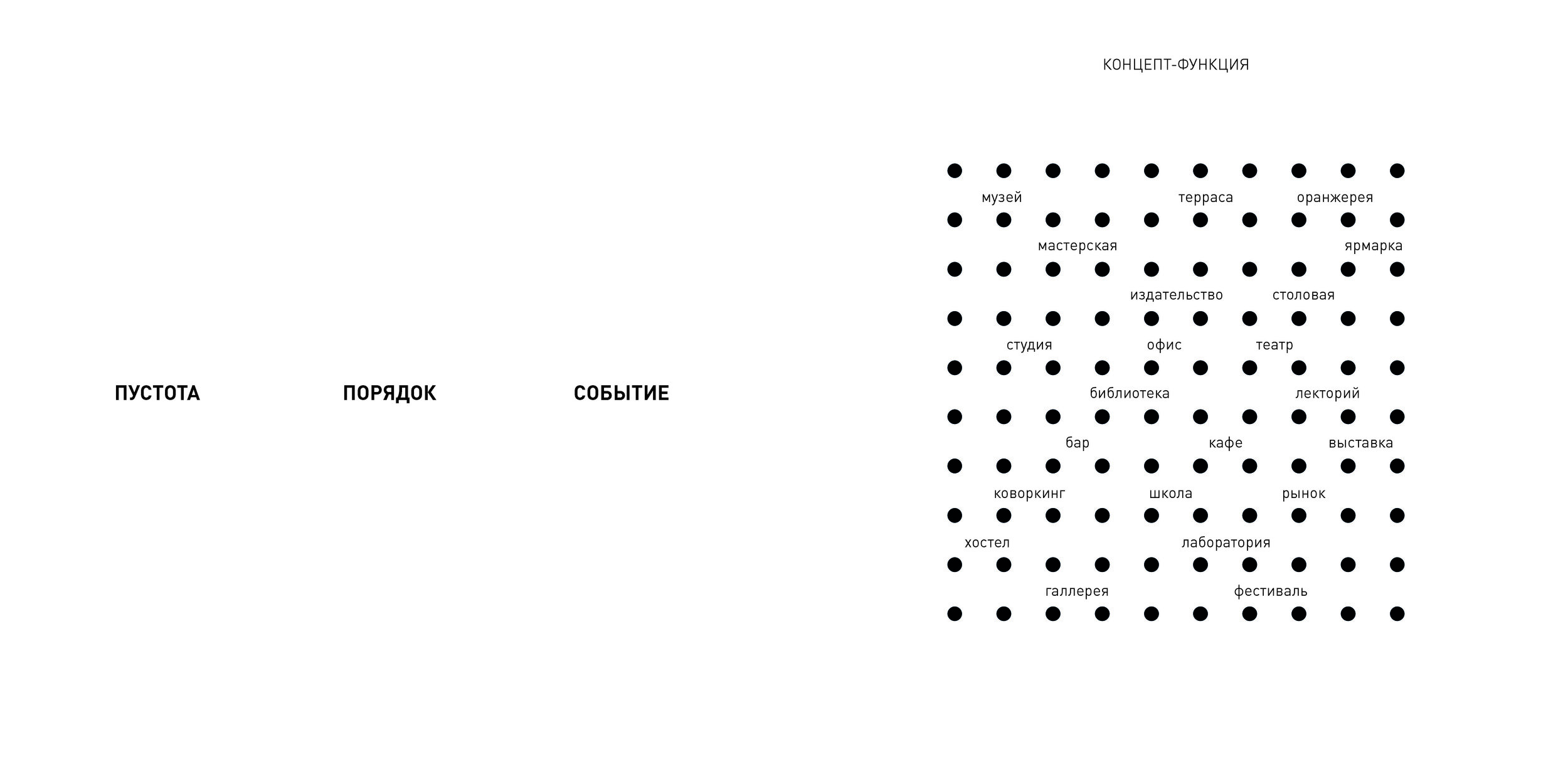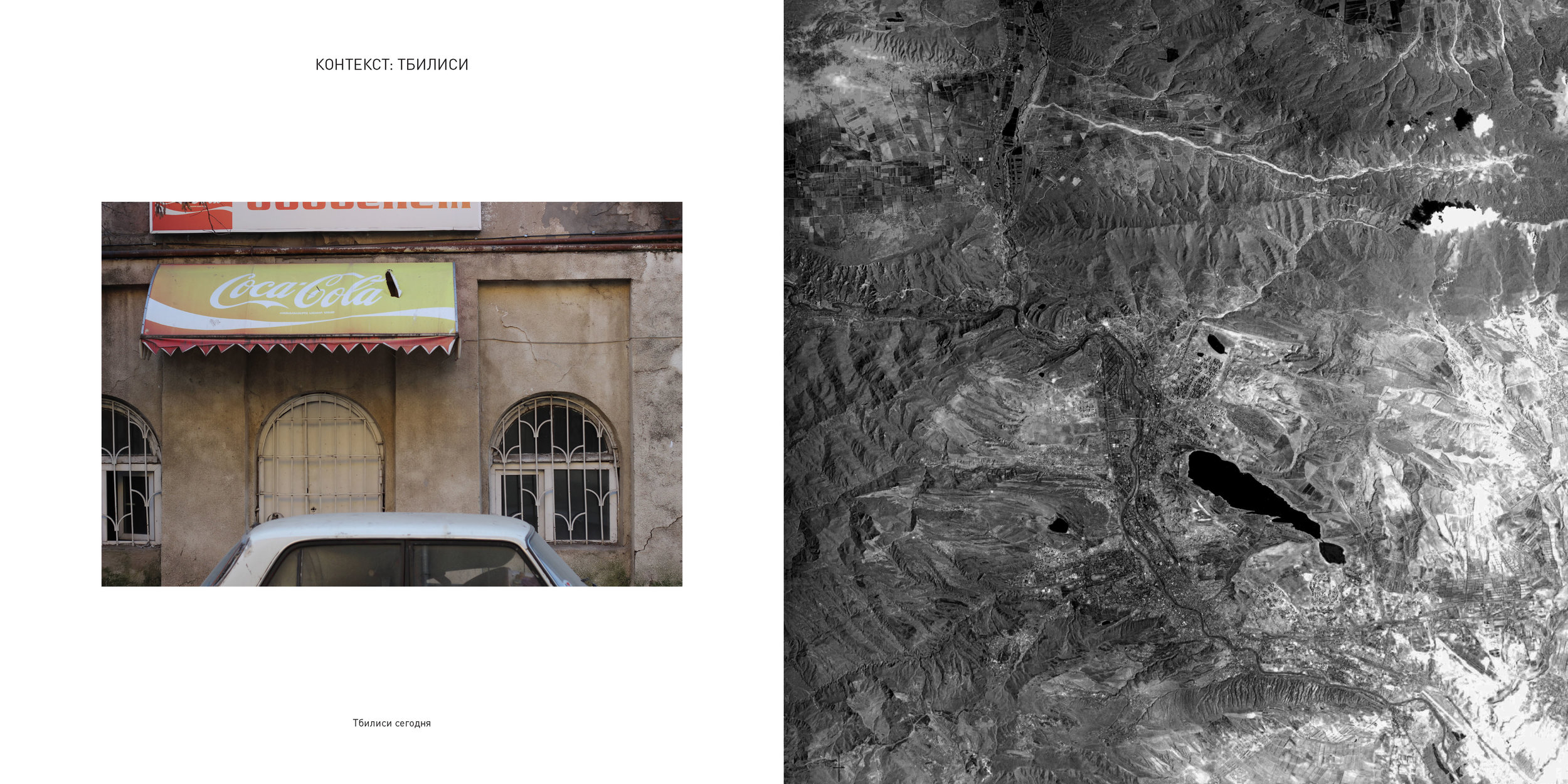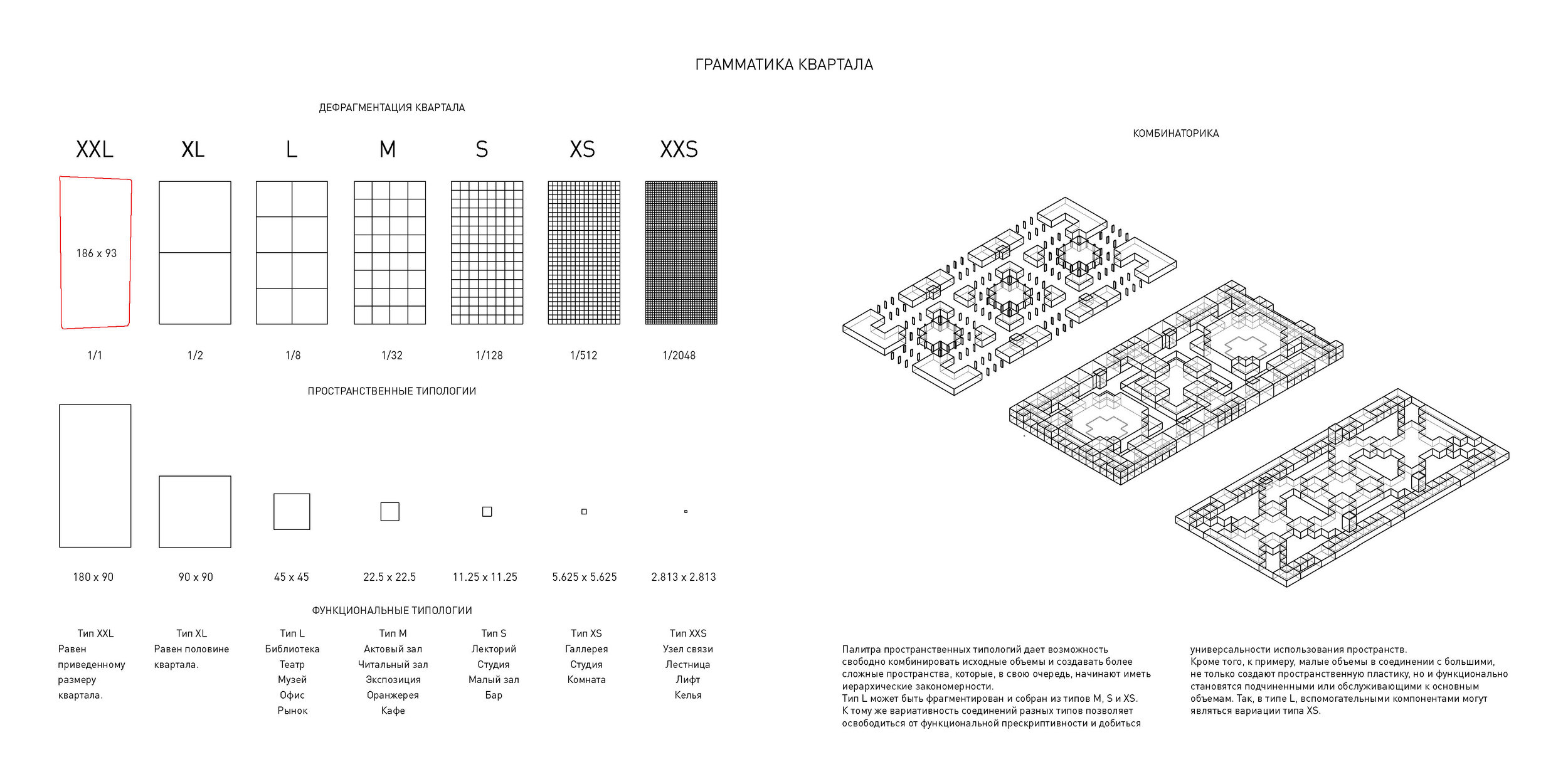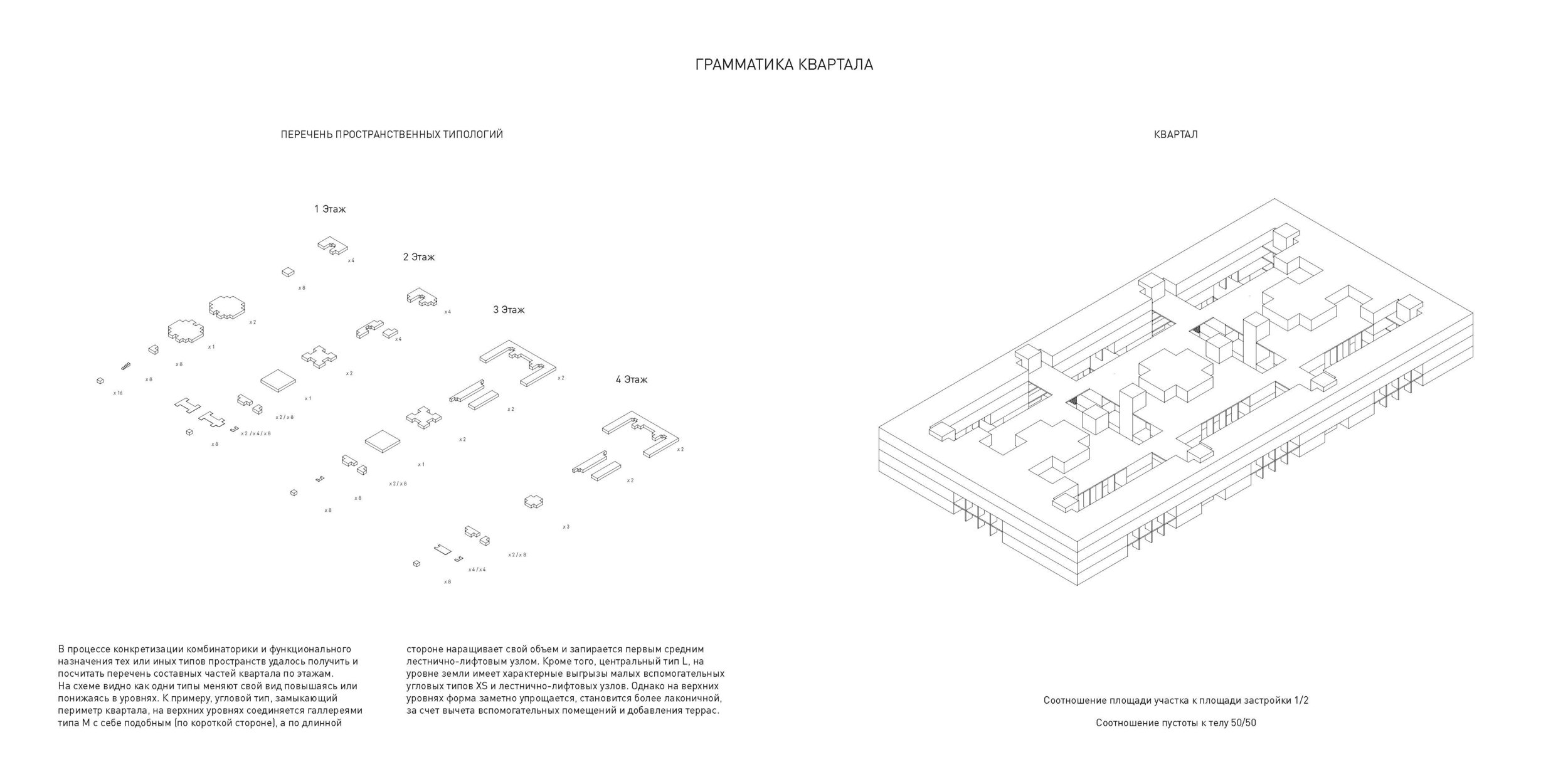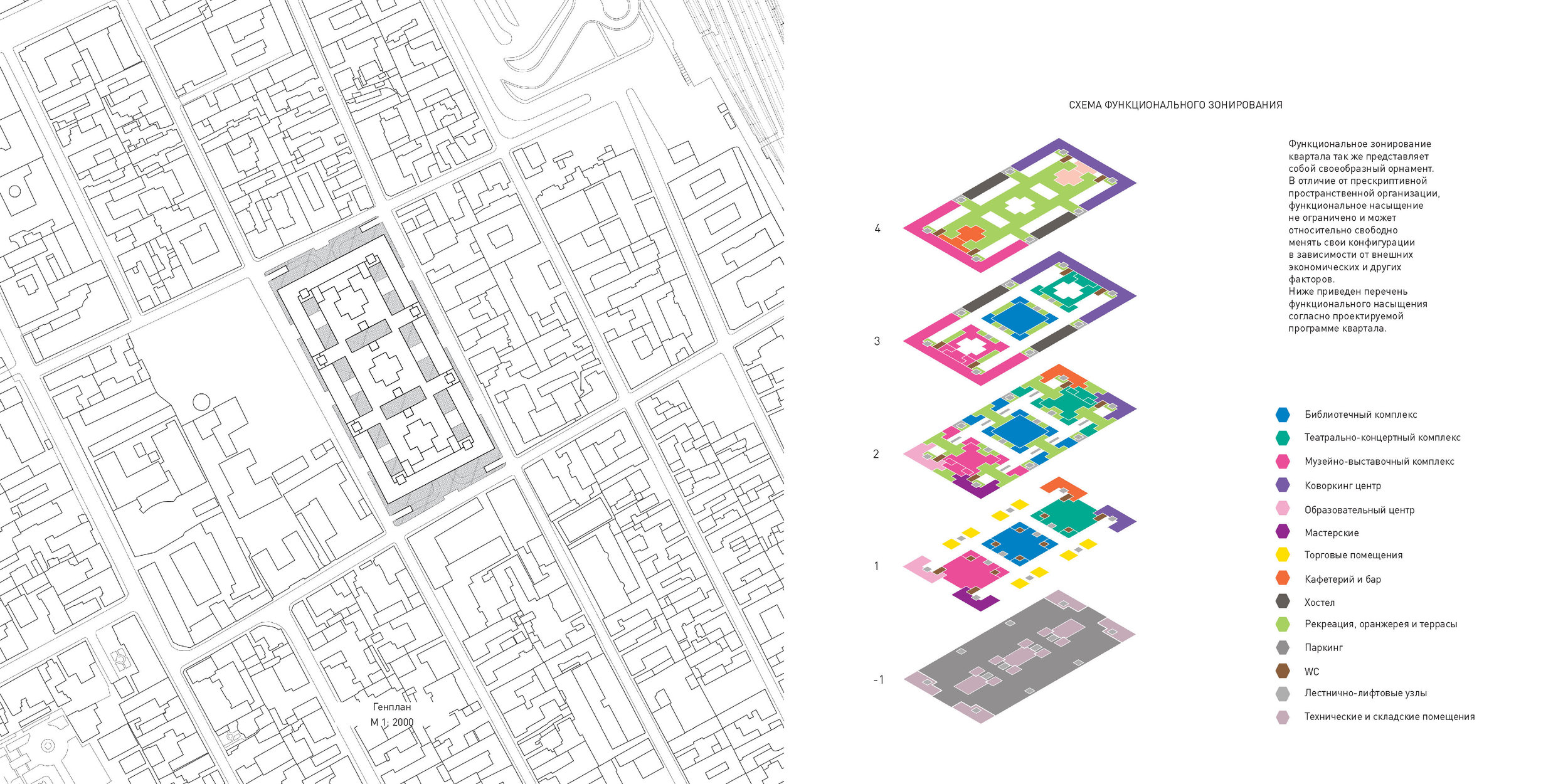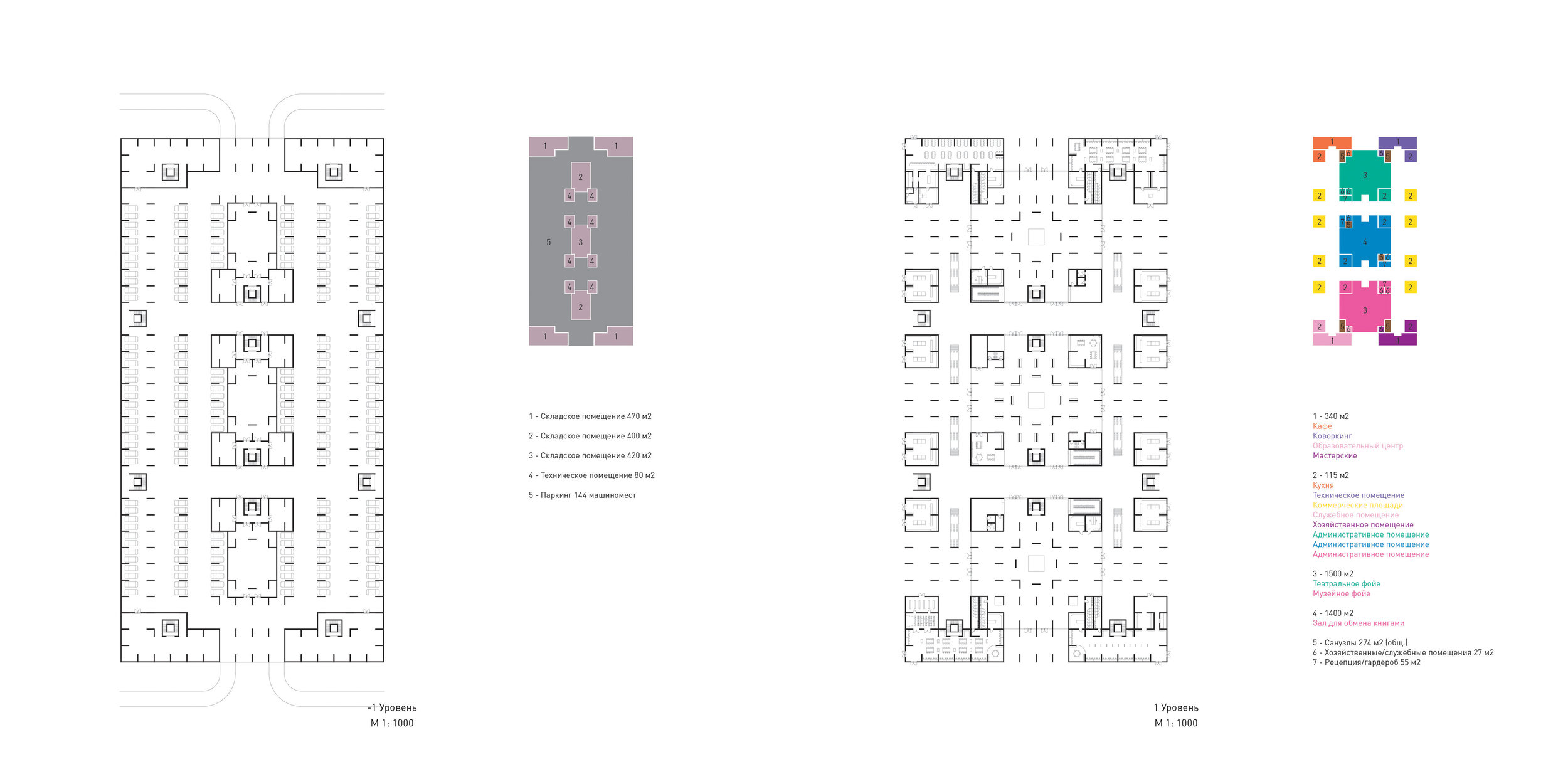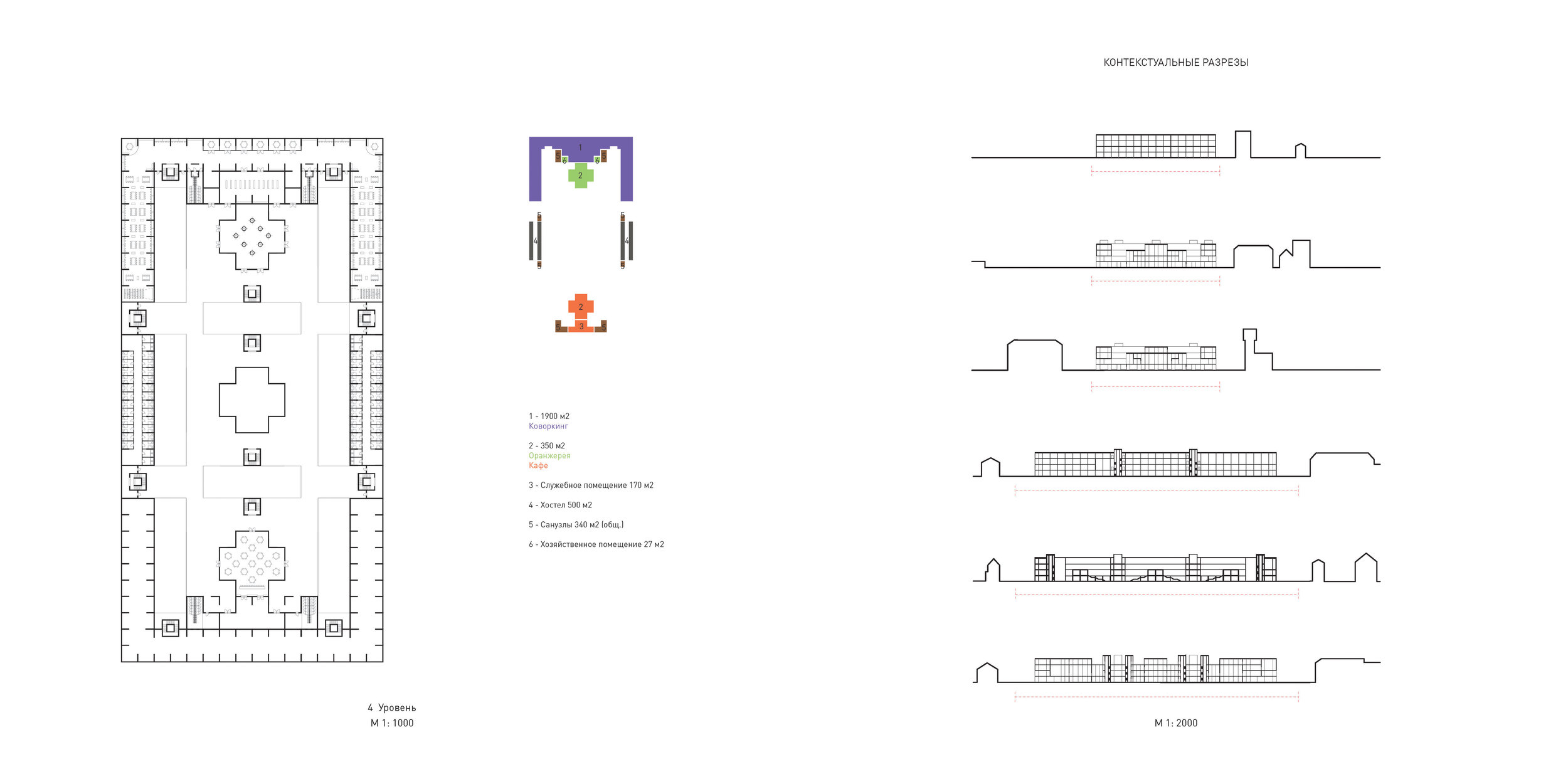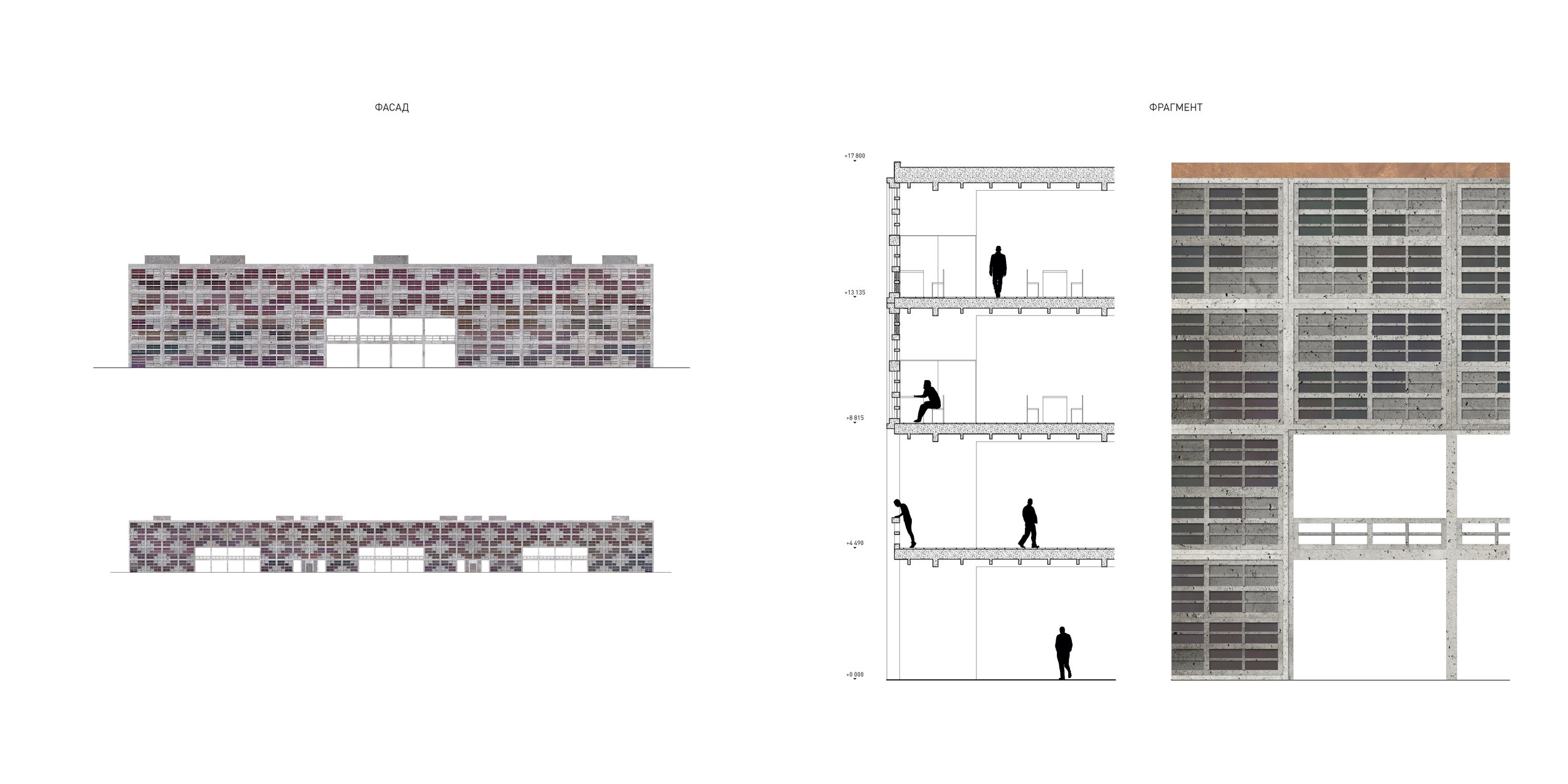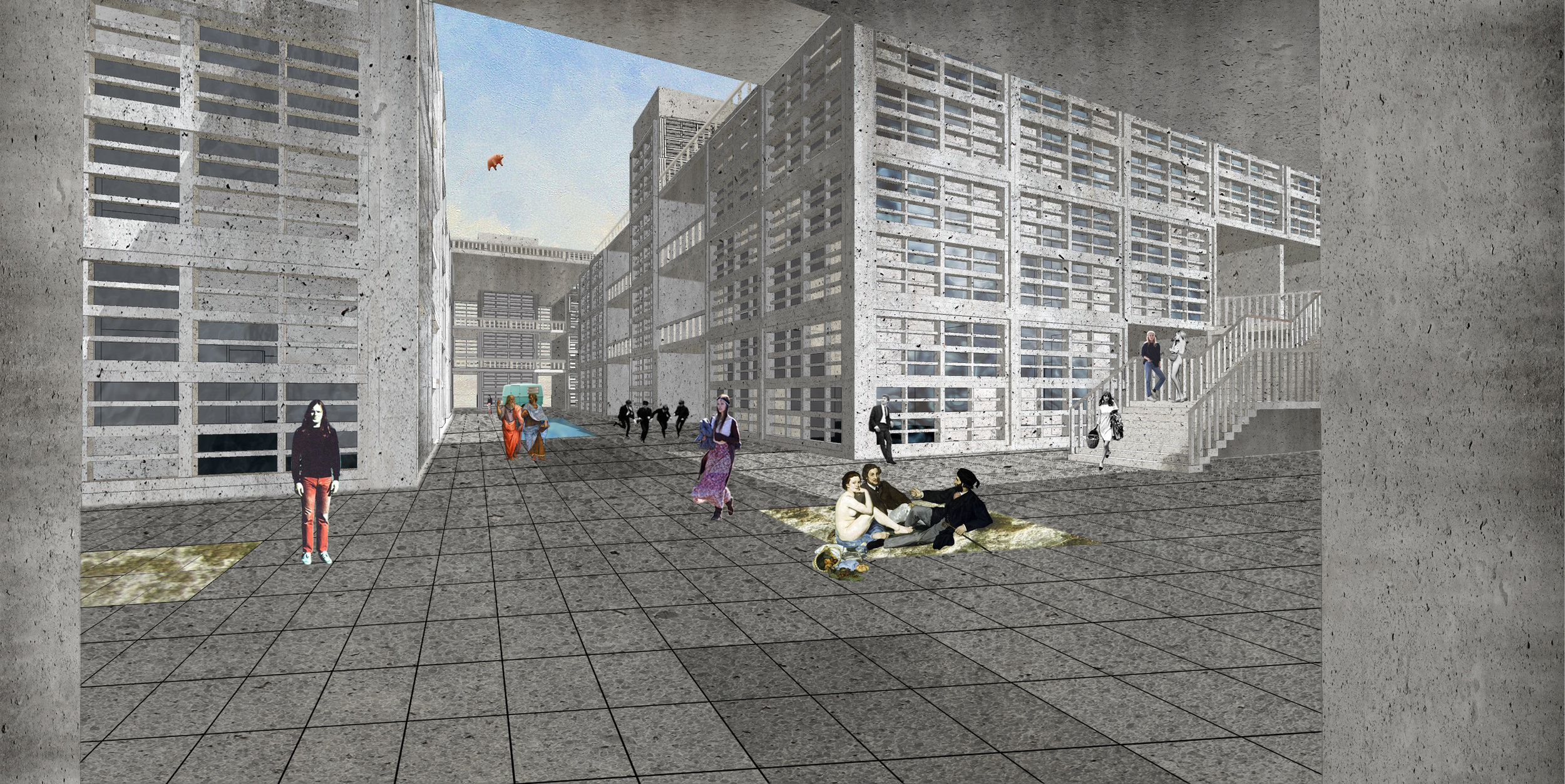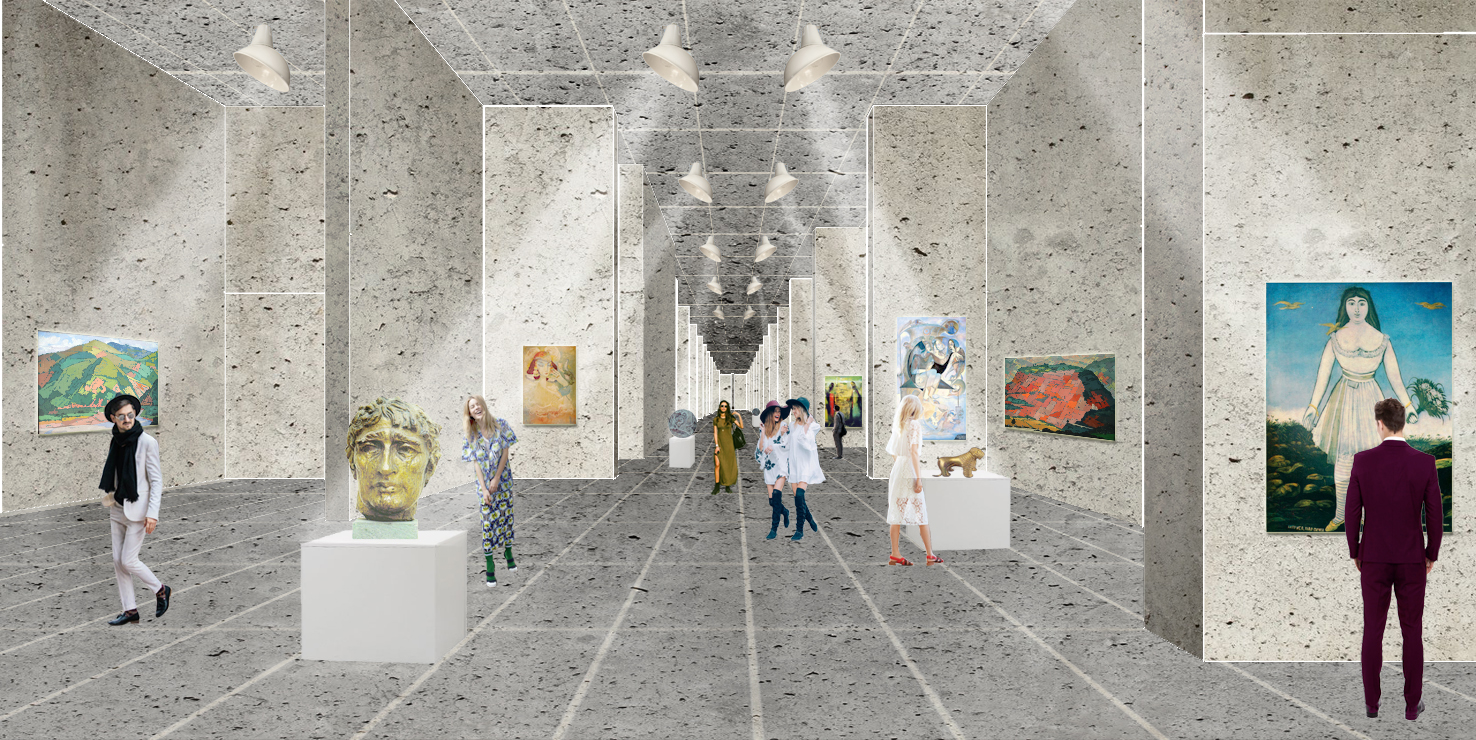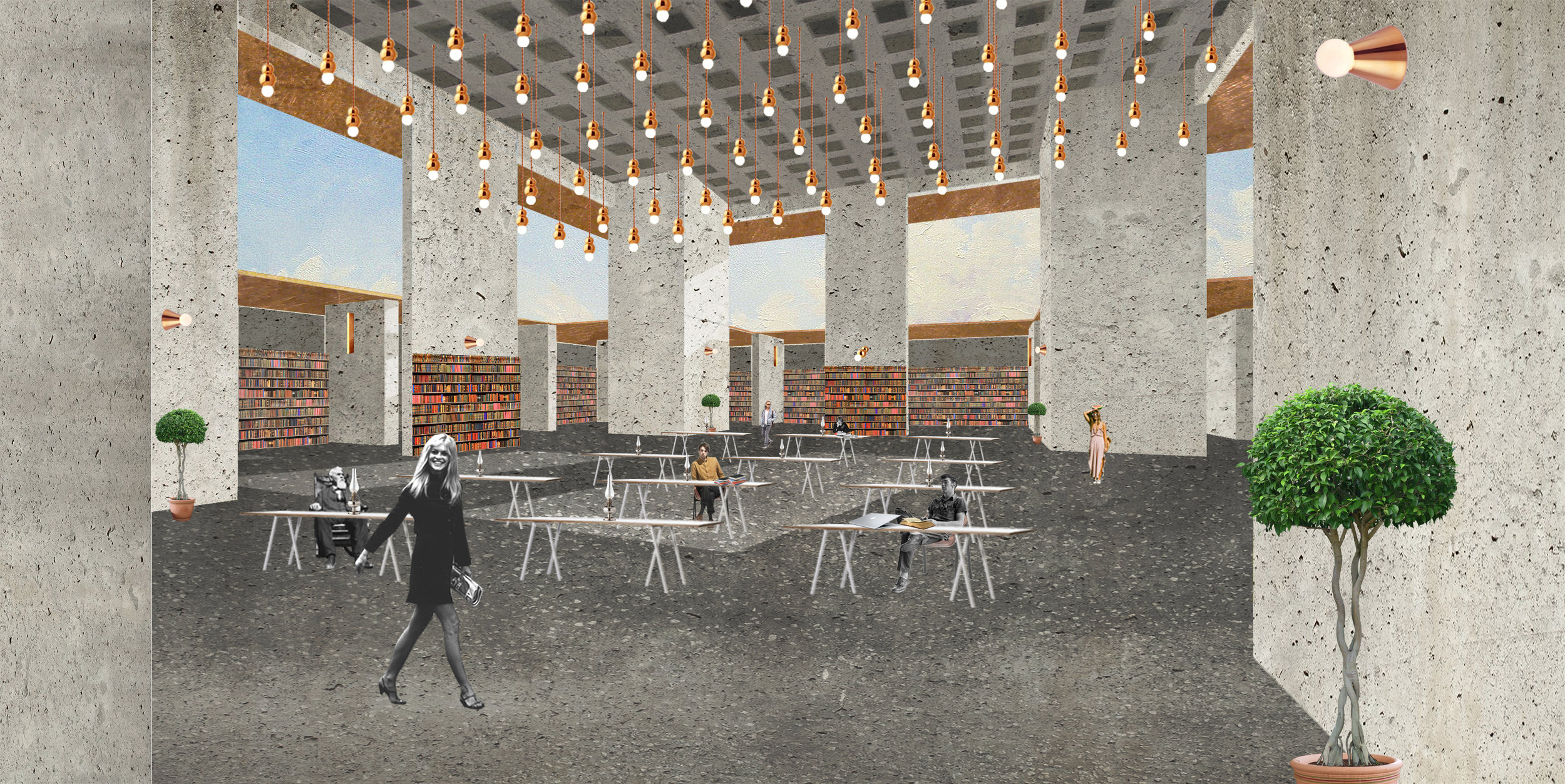Ornament Quarter
2015
"I would categorise Georgian culture as a manifestation of ornamental culture. Enveloping a vast and self-contained realm of the foreign, they predominantly assimilate its pattern while tenaciously resisting the inner adversarial essence of potent neighbouring domains."
O. Mandelstam
The Ornament Quarter represents an opportunity—a tool for societal metamorphosis and enlightenment. "Ornament" embraces a diverse array of artistic, applied, and theoretical pursuits. It serves as a supplement to scholastic institutions—schools, colleges, and institutes—as it bestows upon them the essential resources of libraries, scholarly sanctums, working chambers, workshops, and more. Furthermore, "Ornament" harbours the latent potential to burgeon into a hub of culture and recreation.
The "Ornament" platform lends itself to the materialisation of theoretical endeavours in pragmatic settings. The enclave chosen for this enterprise may aptly be denominated a bourgeois citadel, distinguished by the architectural antecedents of pre-revolutionary urban planning. This district proffers an assemblage of storied cultural heirlooms, including aristocratic manors, age-old theatres, the national mecca of athleticism christened "Dynamo," and a venerable railway terminus.
Nevertheless, upon delving into the labyrinthine alleys of this precinct, it becomes manifest that these vaunted landmarks exert but a tenuous influence upon the vitality of this milieu. The thoroughfares are predominantly lined with timeworn low-rise domiciles, languishing in varying states of disrepair. The cadence and ambience of a perambulation through these streets and quadrants conspire to conjure the semblance of a tranquil residential enclave ensconced in the city's hinterland, rather than within the throbbing epicentre of a city that was once teeming with cultural fervour.
In Tbilisi, the dearth of urban planning apparatuses is conspicuously lamentable, and regrettably, the autonomous trajectory of urban dynamics in this instance scarcely merits accolades. The prevailing trend evinces that the historical nucleus of the city is surfeited with activity, while other precincts, albeit also central in location, languish in dormancy. Monocentrism poses an unmistakable challenge to the city.
This place, for me personally, is remarkable for it evokes the spirit of a bygone Tiflis. The proportions, aesthetics, and ethos of this locale hark back to a romanticised city, once vivacious and bustling. However, the project's poetic tenor does not brook mimicry. It is rather embodied in a certain measure of unyielding rationality, where events unfold within an ordered vacuity. It is imperative to clarify from the outset that the envisaged construct is by no means an attempt at retrogressing into or resuscitating some pseudo-historical context. Quite the contrary, this project is envisaged as the vanguard of a comprehensive rejuvenation of this space.
This is a place for labour and cultural reprieve.
This is a rendezvous for members of the community.
This is a venue for diverse events, both for the community and the general populace.
This is a locale where urban denizens may privately lease spaces for commercial and non-commercial purposes.
This is a forum for public assemblies of city residents.
This is an agora for the exchange of knowledge and experience.
This is an arena for education and self-fulfilment.
This is a site that beckons both local residents and tourists.
This is the epicentre of the wider revitalization of the entire district.
The methodology for crafting spatial ornamentation can serve as a formal technique for engendering, nurturing, or convalescing urban fabric. The city is an ornamental tapestry.
Geometric parameters of the site are intrinsically bound to the geometric properties of the building or buildings, encompassing scale, proportions of voids and plenitudes—comprising the volumetric and spatial attributes of the edifice.
In the locale and its ambient context—whether material or ideational—reside the seminal principles governing the formation of the building's image (facade).
Function does not dictate geometric space. One typology of space is inherently amenable to harbouring and accommodating diverse functions. In other words, spatial typology remains indifferent to functional predilection.
"Ornament is not a crime."
Author: Mikheil Mikadze
Publications: KooZA/rch

